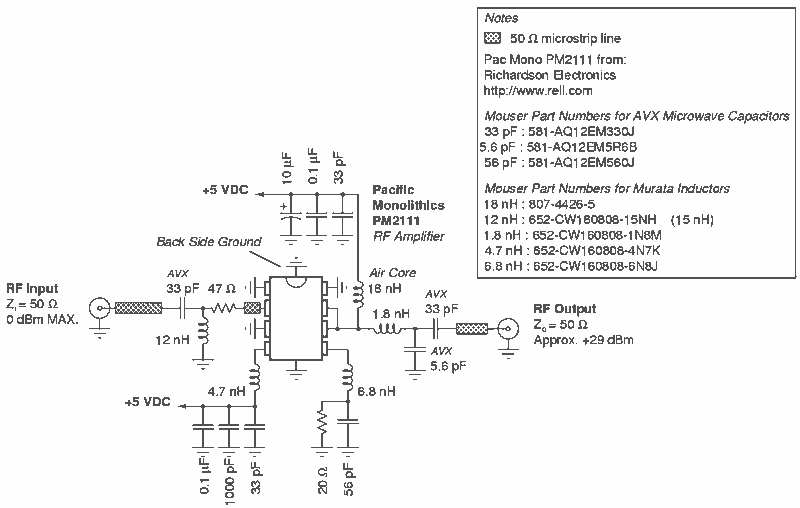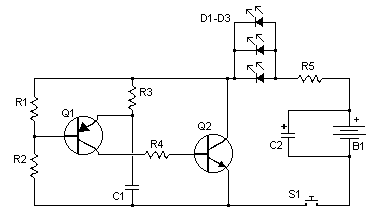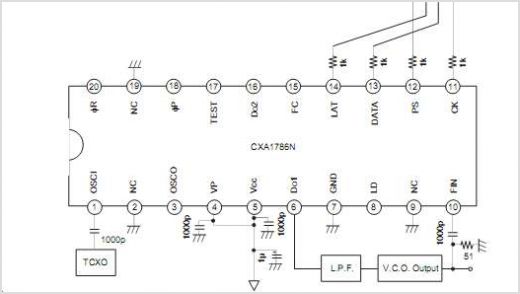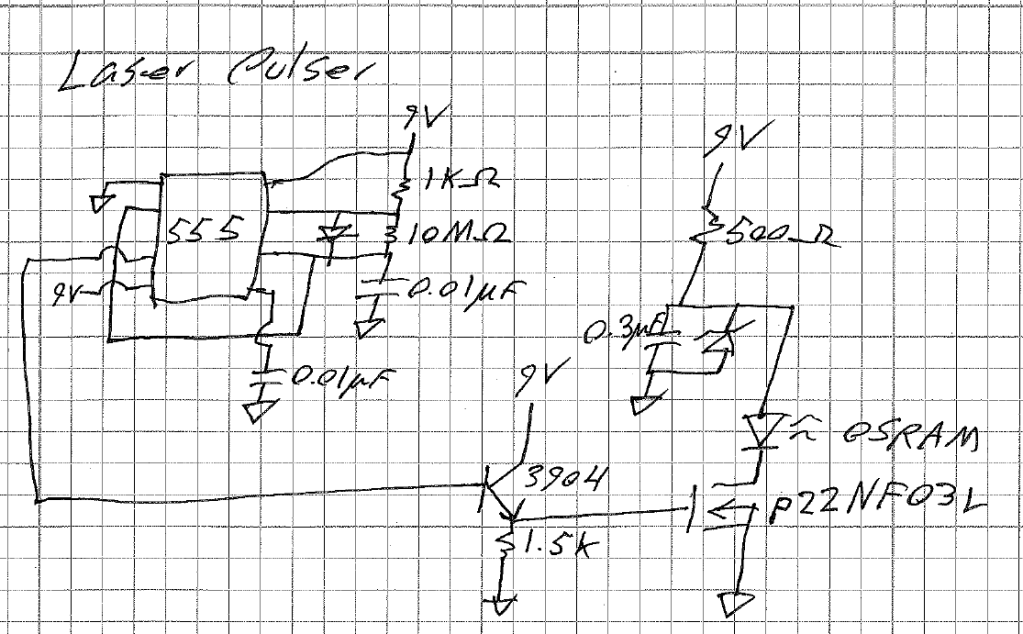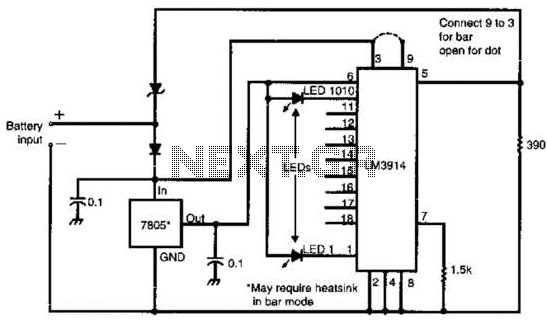
Tactical Communications Jammer
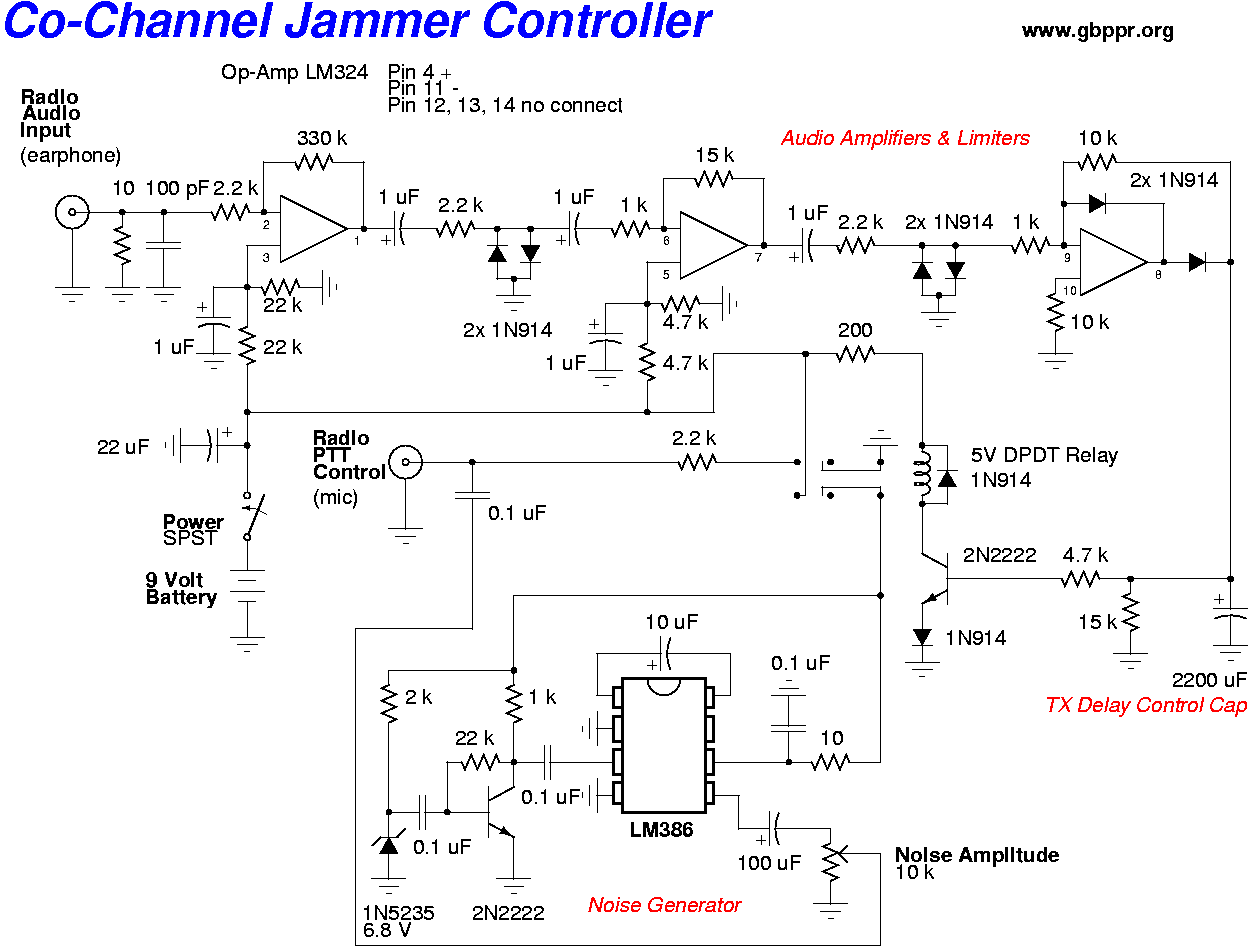
A barrage noise jammer for VHF/UHF communications is constructed using an old TV tuner. The local oscillator of the tuner is tapped and amplified. The voltage tuning line of the tuner is combined with a sweeping, random noise signal.
The barrage noise jammer operates by generating a broad spectrum of noise across the VHF and UHF frequency bands, effectively disrupting communication signals within those ranges. The core component of this device is the modified TV tuner, which typically includes a local oscillator that is responsible for frequency selection. By tapping into this oscillator, the circuit can leverage the existing frequency generation capabilities of the tuner.
The voltage tuning line is crucial for producing a variable frequency output. By mixing this line with a sweeping, random noise signal, the jammer can create a continuous range of noise that varies in frequency. This randomization makes it difficult for receivers to filter out the noise, thereby effectively jamming the communication signals.
In the schematic design, the TV tuner is powered by a suitable DC voltage source, ensuring that all components operate within their specified voltage ranges. The output from the local oscillator is fed into an amplifier to boost the signal strength, which is then mixed with the noise signal generated by a noise source, such as a noise diode or a dedicated noise generator circuit.
The random noise signal can be created using a variety of methods, including a white noise generator circuit that produces a random voltage output across a wide frequency range. This noise is then modulated to ensure that it sweeps across the desired frequency range, enhancing the jamming effect.
The final output stage of the jammer typically includes a power amplifier to increase the output power of the combined noise signal, allowing it to effectively interfere with VHF/UHF communications over a wider area. Antenna design is also a critical consideration, as the type and orientation of the antenna will influence the effectiveness and range of the jamming signal.
Overall, this barrage noise jammer provides a practical solution for disrupting VHF/UHF communications by leveraging existing television tuner technology and enhancing it with noise generation and amplification techniques.Barrage (noise) jammer for VHF/UHF communications. Based around an old TV tuner with its local oscillator tapped and amplified. The tuner`s voltage tune line is mixed with a sweeping, random noise signal. 🔗 External reference
The barrage noise jammer operates by generating a broad spectrum of noise across the VHF and UHF frequency bands, effectively disrupting communication signals within those ranges. The core component of this device is the modified TV tuner, which typically includes a local oscillator that is responsible for frequency selection. By tapping into this oscillator, the circuit can leverage the existing frequency generation capabilities of the tuner.
The voltage tuning line is crucial for producing a variable frequency output. By mixing this line with a sweeping, random noise signal, the jammer can create a continuous range of noise that varies in frequency. This randomization makes it difficult for receivers to filter out the noise, thereby effectively jamming the communication signals.
In the schematic design, the TV tuner is powered by a suitable DC voltage source, ensuring that all components operate within their specified voltage ranges. The output from the local oscillator is fed into an amplifier to boost the signal strength, which is then mixed with the noise signal generated by a noise source, such as a noise diode or a dedicated noise generator circuit.
The random noise signal can be created using a variety of methods, including a white noise generator circuit that produces a random voltage output across a wide frequency range. This noise is then modulated to ensure that it sweeps across the desired frequency range, enhancing the jamming effect.
The final output stage of the jammer typically includes a power amplifier to increase the output power of the combined noise signal, allowing it to effectively interfere with VHF/UHF communications over a wider area. Antenna design is also a critical consideration, as the type and orientation of the antenna will influence the effectiveness and range of the jamming signal.
Overall, this barrage noise jammer provides a practical solution for disrupting VHF/UHF communications by leveraging existing television tuner technology and enhancing it with noise generation and amplification techniques.Barrage (noise) jammer for VHF/UHF communications. Based around an old TV tuner with its local oscillator tapped and amplified. The tuner`s voltage tune line is mixed with a sweeping, random noise signal. 🔗 External reference
